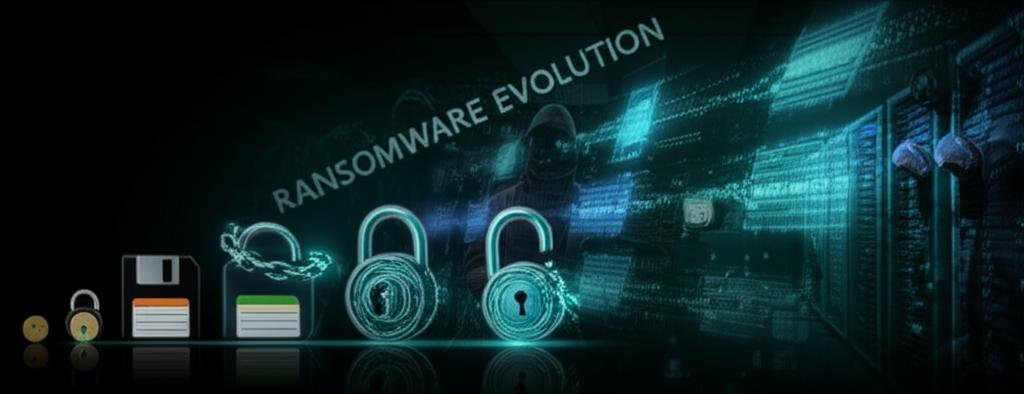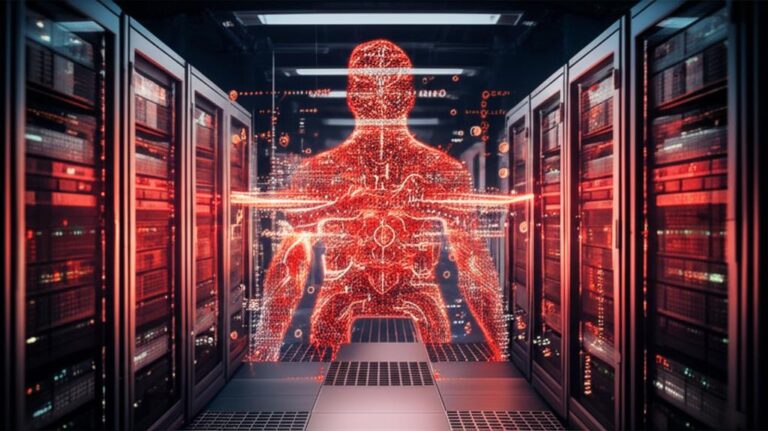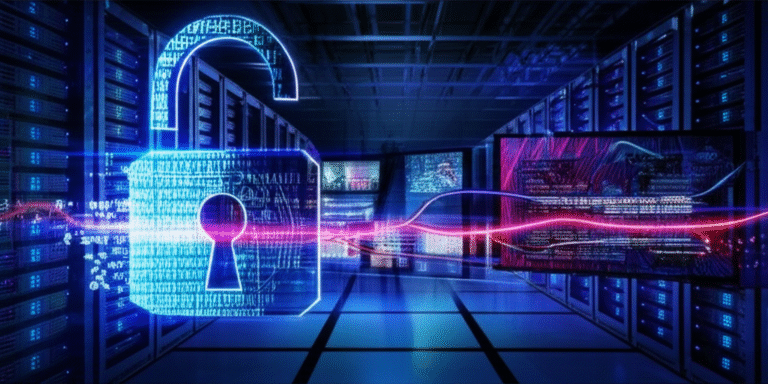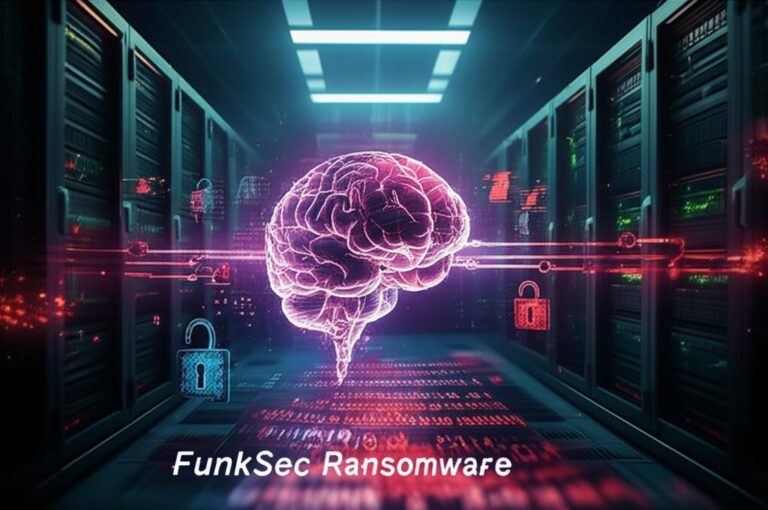The Relentless Escalation: Tracing the Evolution of Ransomware’s Menace
Understanding the Persistent Threat: Ransomware’s Journey
Ransomware, a nefarious form of malware that encrypts a victim’s files and demands payment for their release, has become one of the most persistent and damaging cyber threats of our time. Its evolution is a testament to the adaptability and increasing sophistication of cybercriminals. From its humble beginnings to its current status as a multi-billion dollar industry, ransomware has transformed, impacting individuals, businesses, and critical infrastructure worldwide.
The Nascent Years: From Scareware to Basic Encryption (Late 1980s – Early 2000s)
The concept of digital extortion isn’t new. The first known ransomware attack, the AIDS Trojan (also known as PC Cyborg), emerged in 1989. Distributed via floppy disks, it encrypted file names and demanded a payment of $189 to a P.O. box in Panama. It was crude but set a precedent.
- AIDS Trojan (1989): Early example, simple encryption, relied on physical distribution.
- Scareware: Later, fake antivirus programs would ‘detect’ non-existent threats and demand payment for removal. While not true encryption, it leveraged fear for profit.
These early versions often lacked robust encryption and relied more on social engineering and victim intimidation than unbreakable cryptographic locks. Recovery was often possible without paying the ransom.
The Cryptographic Revolution: Stronger Encryption and Broader Reach (2000s – Early 2010s)
The mid-2000s saw the emergence of ransomware leveraging stronger encryption algorithms, making file recovery without the decryption key nearly impossible. This marked a significant turning point, shifting the power dynamic firmly in favor of the attackers.
Key Developments:
- Gpcode (2004-2009): One of the first widely recognized ransomware families to use strong RSA encryption.
- Reveton (Police Ransomware, 2012): A type of scareware that locked users out of their computers entirely, displaying a fake message purporting to be from law enforcement, demanding a ‘fine’ for alleged illegal activity.
- The Rise of Anonymous Payment: The increasing use of untraceable payment methods like Ukash or Paysafecard for Reveton, and later, the advent of cryptocurrencies, provided anonymity for criminals.
The Bitcoin Era and Ransomware-as-a-Service (RaaS) (Mid-2010s)
The proliferation of cryptocurrencies, particularly Bitcoin, revolutionized the ransomware landscape. Bitcoin offered pseudo-anonymity, ease of transfer, and global reach, making it the perfect currency for extortion.
Game-Changers:
- CryptoLocker (2013): Widely considered the pioneer of modern crypto-ransomware. It used sophisticated RSA 2048-bit encryption, distributed via phishing emails and botnets, and demanded Bitcoin. It was incredibly effective and spawned countless imitations.
- Ransomware-as-a-Service (RaaS): This business model allowed even less technically skilled individuals to launch attacks. RaaS providers developed the malware and infrastructure, and affiliates would distribute it, sharing a percentage of the ransom. This democratized cybercrime.
- WannaCry & Petya/NotPetya (2017): These global outbreaks demonstrated ransomware’s potential for widespread disruption, leveraging exploits (like EternalBlue) to spread rapidly across networks, affecting hospitals, government agencies, and major corporations. NotPetya, in particular, was an exceptionally destructive wiper disguised as ransomware.
Double Extortion, Data Leakage, and Supply Chain Attacks (Late 2010s – Present)
As organizations improved their backup strategies, simply encrypting data became less effective. Cybercriminals innovated, adding new layers of pressure.
The New Playbook:
- Double Extortion: Attackers not only encrypt data but also exfiltrate sensitive information before encryption. They then threaten to publish this data on leak sites if the ransom isn’t paid, adding immense reputational and regulatory pressure.
- Triple Extortion: Beyond encryption and data leakage, some groups began targeting the victims’ customers or business partners, threatening them with data exposure or disruption, or even launching DDoS attacks against the victim’s website.
- Targeted Attacks (Big Game Hunting): Instead of indiscriminate spam campaigns, ransomware gangs began meticulously researching and targeting high-value organizations capable of paying large ransoms.
- Supply Chain Compromises: Attacks on managed service providers (MSPs) or software supply chains allow attackers to compromise multiple downstream clients simultaneously, as seen with the Kaseya VSA attack.
- Ransomware Gangs as Organized Crime: Many ransomware groups now operate with the structure and efficiency of legitimate businesses, complete with HR, R&D, and negotiation teams.
“The evolution of ransomware underscores a crucial lesson: the threat landscape is dynamic. What works today will be circumvented tomorrow. Constant vigilance and adaptive defenses are paramount.”
The Future of Ransomware: Emerging Threats and Defenses
The ransomware threat continues to evolve. We can anticipate:
- Increased focus on operational technology (OT) and critical infrastructure: Targeting systems that, if disrupted, could have catastrophic real-world consequences.
- More sophisticated evasion techniques: Ransomware designed to bypass advanced security controls.
- Further diversification of extortion tactics: New ways to pressure victims beyond data encryption and leakage.
- Geopolitical motivations: State-sponsored actors using ransomware as a tool for economic disruption or intelligence gathering.
Combating this relentless menace requires a multi-faceted approach: robust backups, strong endpoint security, incident response plans, employee training, and international cooperation against cybercrime. Staying ahead means understanding its past, anticipating its future, and continuously strengthening our digital defenses.







